

This session presents a summary of the state of diabetes and diabetic care in the United States today. Dr. Mayerson will provide an overview of the type 2 diabetic epidemic as well as trends and updates in the treatment of the disease domestically and what the future may hold for diabetic healthcare.
 Adam Mayerson
Adam Mayerson

This session explores a clinical study conducted at Yale School of Medicine by Adam Mayerson, M.D., that demonstrated that exposure to Far Infrared radiation delivered through textiles rapidly increases transcutaneous oxygen of distal extremities in individuals with diabetes.
Dr. Mayerson will discuss the hypothesis, methodology, and results of the study and the promise of non-invasive, and low-risk complementary therapies to improve microcirculation in diabetes with the potential to decrease the risk of diabetic vascular complications
 Adam Mayerson
Adam Mayerson

This session will present a nationwide Quality of Life study performed in partnership with Matthew Capozzi, DPM, and Circufiber, Inc. that explored the overall product efficacy and patient satisfaction for the treatment and relief of foot symptoms and complications in people living with type 2 diabetes. The study utilized socks with mineral-embedded textiles that delivered daily Far Infrared radiation to the feet and lower legs of study participants over a period of six weeks.
Dr. Capozzi will discuss the hypothesis, methodology, and results of the study and the positive indications and feedback from patients at the conclusion of the study.
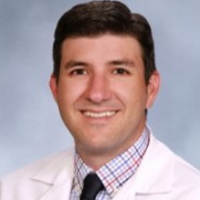 Matthew Capozzi
Matthew Capozzi

In a session moderated by Jim Calhoun, former CEO of Converse and current CEO of Circufiber, Inc., Dr. Capozzi will share his insights and experiences in selling mineral-embedded diabetic socks in his practice and the benefits his patients have seen using the product.
Jim Calhoun will present the company’s “Dr. Direct” program that offers an exclusive opportunity for practices to offer this breakthrough product to their patients while increasing practice profitability.
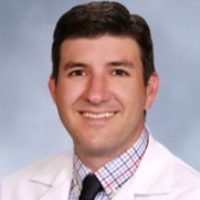 Matthew Capozzi
Matthew Capozzi Jim Calhoun
Jim Calhoun

Objectives: By the end of the course, the participant will be able to:
1. Explain edema and its causes
2. Explain endothelial glycocalyx and EPIC characteristics
3. Describe local, regional, and systematic therapies for edema management; from MPFFs to active dermal lymphatic stimulation
 M. Mark Melin
M. Mark Melin

Objectives: By the end of the course, the participant will be able to:
1. Describe the impact of compression: What is it, why, and how is it used in the management of chronic non-healing wounds and edema?
2. Summarize and clinically interpret compression science literature relative to clinical utilization.
3. Identify compression effects beyond edema reduction—hemodynamic benefits of compression on circulation and integumentary healing.
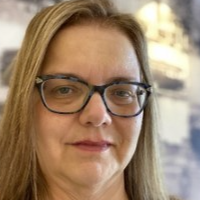 Marijke Carson
Marijke Carson

Objectives: By the end of the course, the participant will be able to:
1. Summarize compression therapy options available and discuss how they are different.
2. Discuss the utilization of STRIDE compression selection algorithm to optimize individualized compression selection in both the long and short term.
3. Explain knowledge of compression therapy aides to optimize don /doff.
 Suzie Ehmann
Suzie Ehmann

Objectives: By the end of the course, the participant will be able to:
1. Describe dermal lymphatic stimulation
2. Discuss Guyton’s forces
3. State local, regional and systematic therapies for edema management; from MPFFs to active dermal lymphatic stimulation to automated MLD-like devices
4. Describe nutrition/micronutrients, high sodium diets
5. Describe whole organ dysfunction that contributes to lymphedema
6. Summarize pressure injuries/ulcers, dependent edema, SEM monitoring
 M. Mark Melin
M. Mark Melin

 Marijke Carson
Marijke Carson Suzie Ehmann
Suzie Ehmann M. Mark Melin
M. Mark Melin

Objectives: By the end of the course, the participant will be able to:
1. Review sources of and treatment for chronic fluid overload in the lower extremity and its contribution to wound chronicity.
2. Define Lymphatic Immunopathy and its role in chronic wound generation and healing.
3. Propose suggestions for improving the treatment of chronic wounds of the lower extremities in light of what we have learned.
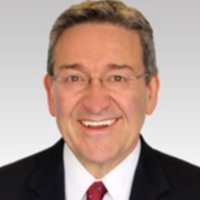 James McGuire
James McGuire

Objectives: By the end of the course, the participant will be able to:
1. Discuss the nature of edema and its clinical presentation.
2. Appreciate the lymphedema continuum as it pertains to the revision of the microcirculation.
3. Describe the impact edema has on tissue and wound healing.
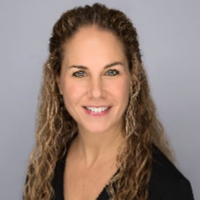 Heather Hettrick
Heather Hettrick

Objectives: By the end of the course, the participant will be able to:
1. Discuss the pathophysiology of diabetes, lymphedema, and venous insufficiency.
2. Describe the link between diabetes, venous insufficiency, and lymphedema.
3. Summarize local and systemic factors contributing to disease progression.
4. Discuss clinical algorithms used to support wound prevention and resolution.
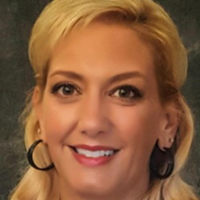 Windy Cole
Windy Cole

Objectives: By the end of the course, the participant will be able to:
1. Describe the ICD-10 diagnosis codes for lymphedema and the most common types of wounds.
2. Describe the CPT-4 billing codes for lymphedema and wound care profitability.
3. Describe the components necessary to establish a lymphedema and wound care program in their current physician practice.
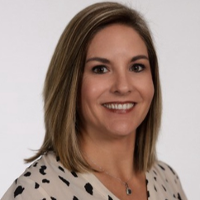 Brandy Mckeown
Brandy Mckeown

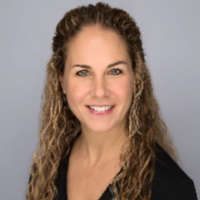 Heather Hettrick
Heather Hettrick 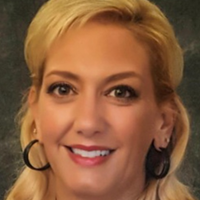 Windy Cole
Windy Cole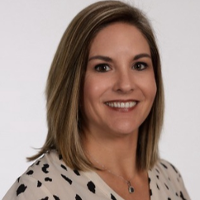 Brandy Mckeown
Brandy Mckeown 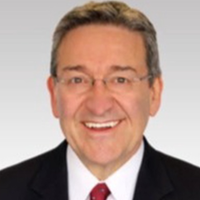 James McGuire
James McGuire 

1. To understand the goals of foot orthosis therapy.
2. To better comprehend how foot orthoses can work to “control” pronation and supination of the subtalar joint.
3. To understand the concept of the Tissue Stress Approach of foot orthosis therapy.
4. To comprehend how altering the location of ground reaction force on the plantar foot can have multiple therapeutic effects.
5. To review the major studies which conclusively demonstrate the therapeutic effects of foot orthoses.
6. To learn how foot orthoses can be used to treat medial knee osteoarthritis and improve balance.
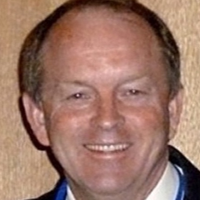 Kevin Kirby
Kevin Kirby

In the foot, more than anywhere else in the body, posture dictates functions. In this seminar, attendees will learn how arch height turns the foot from a propulsive lever in supination to a loosened, adaptable structure in pronation. Learn how to use postural changes in the foot to reverse twenty-five of the most common orthopedic diagnoses of the lower extremity without surgery. MASS Posture Theory, taught by its inventor, is shifting common biomechanical conceptions about how the foot works with a physics-based approach that makes significant positive changes in the gait cycle to improve efficiency, endurance, and strength while reversing deformity and incidence of injury from excessive pronation.
Dr. Glaser teaches how MASS Posture Theory can be applied to improve patient outcomes and better maintain improvements made to maintain intraoperative alignment post-operatively by correcting the patient’s posture and gait cycle.
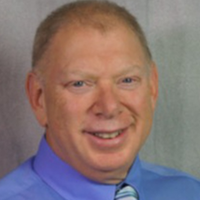 Ed Glaser
Ed Glaser

After the lecture, attendees should have a greater knowledge and understanding of the following:
1. Make closed-chain biomechanics more Stochastic (qualitative) and less Deterministic (quantitative)
2. A new diagnostic system (Functional Foot Typing and SERM-PERM Testing) with subgrouping of cohorts
3. Independent diagnosis of Rearfoot and Forefoot segments of the foot
4. More importance to be placed on Forefoot Segments in biomechanics
5. The need for Structure (bioarchitecture) to be more primary and become more important than Engineering (biomechanics)
6. The need for new tools, prehab and rehab planning utilized foot type specific on a case to case basis with impact on Wolff’s and Davis’s Laws
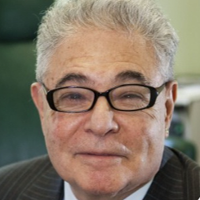 Dennis Shavelson
Dennis Shavelson

 Kevin Kirby
Kevin Kirby 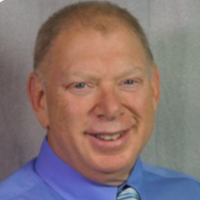 Ed Glaser
Ed Glaser Dennis Shavelson
Dennis Shavelson Jason Kraus
Jason Kraus

In this session you will learn:
1. Assessing fall risk factors
2. Understanding the research about managing modifiable risk factors using DME and assistive devices
3. Evaluating the impact of falls on the community and our patients
4. How does the Life in Balance program work in the clinic environment?
5. What are the key components to creating a successful Fall Risk program?
6. What are the most common challenges that need to be addressed to achieve success?
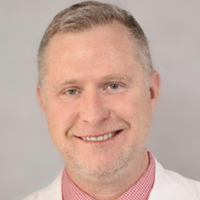 Jonathan Moore
Jonathan Moore

The National Council of Fall Risk Awareness and Prevention produced research that establishes a direct correlation between the foot and lower extremity conditions and falls. In this session you will learn how to understand the keys to reimbursement for AFO’s including:
1. Compliant documentation
2. Same and Similar
3. Coding considerations
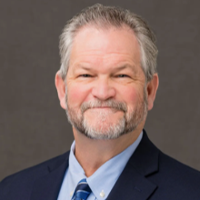 Michael King
Michael King

You will learn why the implementation of a Fall Prevention and Balance Management program in clinical practice enables the lower extremity clinician to connect the following dots:
1. Improved patient outcomes in an often-overlooked public health challenge
2. Managing the underlying pathologies that often lead to postural and gait instability
3. Provides practices and new referral networks
4. Provide clinical practices with sources of incremental practice income.
 Jason Kraus
Jason Kraus

Whilst highlighting various techniques used in plantar pressure measurement, Professor Chocklingam will provide an overview of available procedures to analyse data and support effective clinical management. He will use examples from his research to showcase how research-informed practice has changed the way clinicians currently manage patients who have complications resulting from diabetic foot disease. He will focus on the use of plantar pressure measurement in his cutting-edge research on footwear materials and explain how this has the potential to lead to the development of clinical management to prevent diabetic foot ulcers.
 Nachiappan (Nachi) Chocklingam
Nachiappan (Nachi) Chocklingam

This session will describe how pressure measurement technologies can assist providers with difficult orthotic cases, resulting in these complex cases being common and often left unresolved. This class of patients typically see many professionals from wide-ranging backgrounds in the medical industry as they attempt to resolve their issues. In effect, patients are left broke, symptomatic, and hopeless. Providers who face complex cases expect results, using experience and peer review journals to figure out the best management plans for these clients. Providers who cannot achieve results become frustrated and discouraged and spend office resources to help these patients. Tekscan gait analysis technology can assist providers with assessing, fitting, and re-assessment of an orthotic case. The session will describe three complex cases using pressure measurement technology and how patients and providers can use a data-driven management plan to manage expectations.
 Patrick Rainville
Patrick Rainville

Precise instrumented musculoskeletal evaluations are essential to support healthcare decisions, especially for patients recovering from ACL reconstruction with the goal of returning to high level sports. In this session, Dr. Joe Hart and Amelia Leicht will provide an overview of an approach to monitoring rehabilitation progress and return-to-play testing following ACL reconstruction using instrumented assessments of balance and loading distribution. Their talk will introduce a specific protocol called the LEAP program (Lower Extremity Assessment Protocol) used to assess functional outcomes following ACLR.
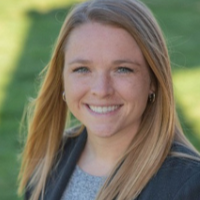 Amelia Bruce Leicht
Amelia Bruce Leicht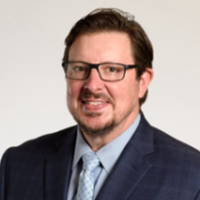 Joe Hart
Joe Hart

What is the difference between screening and testing? What is the science of imbalance? How do I document to prove my worth, my role, or this patient’s potential? What is the best method to select the most sensitive and responsive balance test for each patient? What is the technology (present and future) that I can use to meaningfully impact my patient’s outcome and experience? What tests will use best evidence to inform my rehabilitation plan to improve balance and prevent falls?
The answers to these questions and more are in this seminar intended for participants to best understand the full complement of mechanisms leading to imbalance and ultimately fall risk. Expect practical techniques, readily applied to the clinic, incorporating current evidence and revealing future advances in balance and fall prevention.
 Mike Studer
Mike Studer

You will learn how clinicians utilize technology to eliminate subjectivity in balance testing. Furthermore, learn how the various digital patient assessment tools can help prevent falls and standardize consistency of care in your clinic.
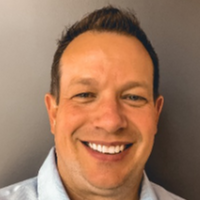 Phil Stotter
Phil Stotter

CanyonMD is a full-service Medical Billing company that provides medical billing and coding services to physician practices and medical facilities. We provide medical billing services that maximize your office’s efficiency by cutting your costs and improving your bottom line.
Our medical billing services are tailored to your organization’s specific needs. We blend extensive medical billing and coding knowledge and experience with streamlined processes to help our clients overcome obstacles to maximum reimbursement. Our dedicated team of experts is ready to help your business maximize profitability, increased collection rates, and minimize denied claims. Our specialists get you up and running within no time at all, taking care of your aged accounts, and following up on all claims to ensure timely reimbursements.
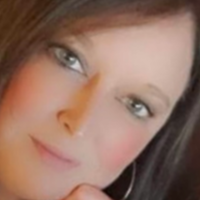 Jennifer Hernandez
Jennifer Hernandez Brian Landow
Brian Landow

It’s just a new tool!
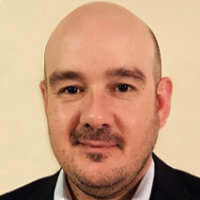 Erik Janisse
Erik Janisse Richard Dubin
Richard Dubin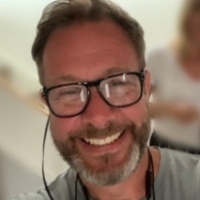 Chris Lawrie
Chris Lawrie

Learn about technology for acquiring patient-specific data capture.
 Russell Payne
Russell Payne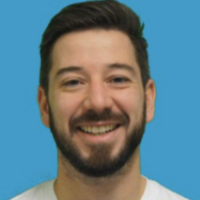 Benoit Lebrun
Benoit Lebrun Dean Hartley
Dean Hartley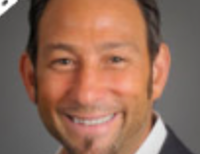 Richard Dubin
Richard Dubin

You are going to learn about workflows and the digital design process.
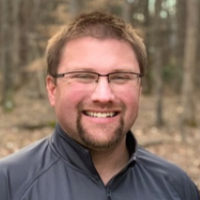 Brent Wright
Brent Wright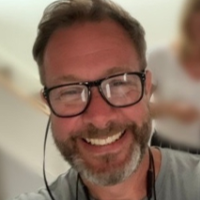 Chris Lawrie
Chris Lawrie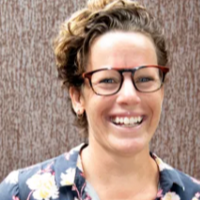 Chloe Potter
Chloe Potter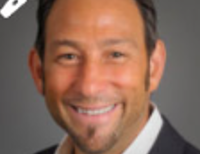 Richard Dubin
Richard Dubin

You are going to learn about different digital manufacturing technologies and materials.
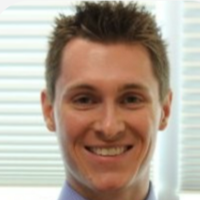 Eric Stephenson
Eric Stephenson Dean Hartley
Dean Hartley Chris Lawrie
Chris Lawrie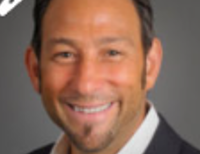 Richard Dubin
Richard Dubin

Review of studies that are measuring amputation trends related to diabetic complications. Provide physicians a review of the preventative strategies called LEAP (lower extremity amputation prevention) which were drafted in 1992 and studied ever since. Review the International Working Group recommendations published in 2019 for preventing wounds and amputations. Review Comprehensive Diabetic Foot Examination best practices with a focus on new technologies including:
1. Temperature assessment
2. Skin moisture assessments
A discussion about some of the updated treatment options including prophylactic surgical interventions and interdisciplinary treatment teams.
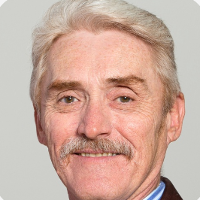 Robert Frykberg
Robert Frykberg

Identification and review of the challenges involved in treatment adherence Unique self-care challenges faced by people with diabetes Review of patient factors common in diabetes which reduces overall adherence. A detailed review of the correlations between non-adherence and outcomes A review of the barriers and facilitators of Foot Self Care
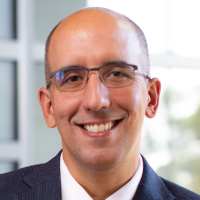 Dr. Jeffrey Gonzalez
Dr. Jeffrey Gonzalez

Understanding the root causes for poor patient compliance.
1. Missed appointments
2. Low health literacy
3. Poor follow up at home
Provide physicians with a deeper understanding of the benefits of creating more engaging patient experiences including:
1. Improvements in patient care
2. Improvements in the financial performance of clinical practice
A review of population health management solutions as they are applied in clinical practice Exploration of the difference between a Comprehensive Diabetic Foot Examination (CDFE) and an At-Risk Diabetic Foot Examination (DFE)
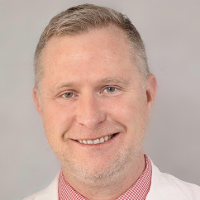 Jonathan Moore
Jonathan Moore

This program will provide a review of the most recent literature on Knee Osteoarthritis with a focus on improvement in the quality of life for patients. The talk will provide insight into the pathology, pathophysiology, evaluation and multitude of treatment options for this incredibly common condition. With an aging population, knee OA is already a leading cause of disability and a major economic burden globally. An unbiased overview of the ongoing research will be presented including; novel therapies, cartilage restoration, surgical reconstructive options and orthobiologics. There will be significant time allotted for questions and active audience participation.
 Michael Oberlander
Michael Oberlander

This presentation will provide a thorough overview of conservative treatment modalities clinicians can consider as it relates to providing short-term symptom relief as well as midterm management strategies to keeping knee OA patients active. Included will be an overview of ongoing research as it relates to established as well as novel non-surgical therapies. Trends and research will be discussed in the context of increasing and optimizing quality of life for patients with knee OA.
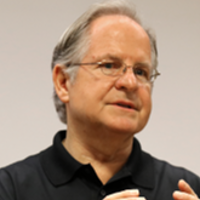 Kevin E. Wilk
Kevin E. Wilk

This program will provide an overview of different types of braces that can provide symptom relief for OA patients. The pros and cons of different technology concepts from a product development standpoint will be discussed. In this aspect, compliance vs. efficacy will be a key focus. In addition, there will be a review of research and studies supporting bracing as a treatment modality to keep patients active and moving.
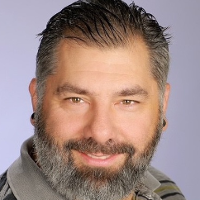 Torsten Krapf
Torsten Krapf

This session will include: Introduction to carbon fiber and its unique properties The processes used to make a composite AFO Open heel vs Closed heel designs Drop foot basics Digital work flow, L-codes Types of Scanning options Digital modification Getting the results you want
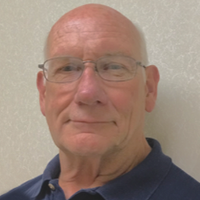 Barry McCoy
Barry McCoy

You are going to see various case study presentations utilizing carbon composite AFOs to produce the best outcome. Including: Varus Ankle conditions, CMT, Nerve injuries, Valgus ankle conditions and CP.
 Ross Workman
Ross Workman

This is an opportunity to ask questions and get answers from the experts on the best way to work with carbon composite AFOs and to achieve the outcome you are looking for.
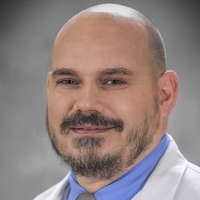 Ross Workman
Ross Workman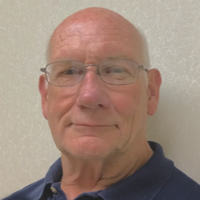 Barry McCoy
Barry McCoy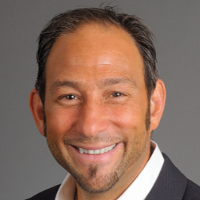 Richard Dubin
Richard Dubin

The importance of dynamic foot & body evaluation for the correct design of custom orthotics. Correlation between the foot and the rest of the body for the correct distribution of the loads and a symmetric posture.
 Dr. Paul Graham
Dr. Paul Graham

The case study presented will adress gait assessment for a diabetic patient with a hallux ulcer and a plantar plate tear.
 Karson Howard
Karson Howard

Dr. Huff is going to present a case study. You are going to learn how dynamic foot assessment is a necessary tool for developing and designing dynamic foot orthotics.
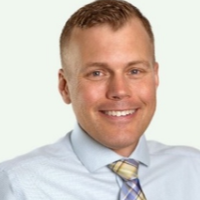 Daniel Huff
Daniel Huff

You will have the opportunity to engage with the speakers and learn how dynamic foot orthotics help promote stability and functionality.
 Dr. Paul Graham
Dr. Paul Graham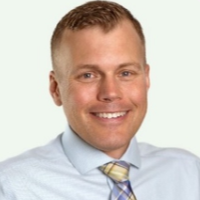 Daniel Huff
Daniel Huff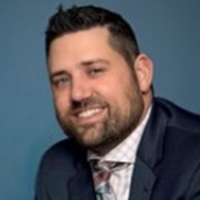 Kendon Howard
Kendon Howard Karson Howard
Karson Howard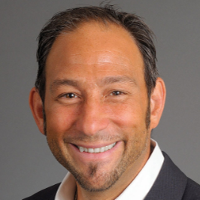 Richard Dubin
Richard Dubin

You are to learn the ins and outs of billing and documentation and how to recover lost revenue.
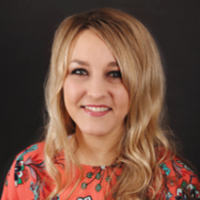 Katie Davenport
Katie Davenport

You will learn how dynamic foot assessment and body motion analysis can help your patients and positively increase the profitability of your clinic. You will also learn about CAD/CAM systems and the production of foot orthotics.
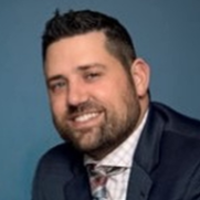 Kendon Howard
Kendon Howard

Carbon infused polypropylene is the outcome of material science producing a thermoplastic prepreg composite that is fully compatible with current vacuum thermoforming techniques. In AFO fabrication the material offers a 25% increase in structural stiffness for total contact devices with a 45% increase in reimbursement support. Process engineering is improved as well with an increase in melt temperature sag strength offering wall thickness control during drape encapsulation molding. Clinical creep which is the result of cyclic gait forces and common to homopolymer thermoplastic sheet materials is eliminated with the carbon infusion.
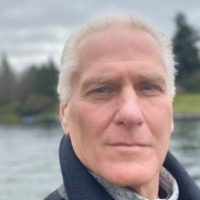 Gary Bedard
Gary Bedard

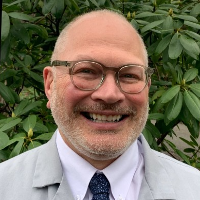 Gerry Stark
Gerry Stark

There are numerous things to consider when evaluating for pre-pregnated carbon fiber designs. With a multitude of options available, it can be difficult to discern which will have the best outcome for different patient presentations. Looking through case studies, we will evaluate and create custom orthoses that help decrease weight and bulk while allowing dynamic motion for a more natural gait cycle.
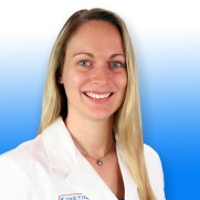 Valarie O’Brien
Valarie O’Brien

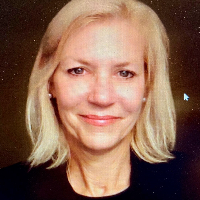 Laurie Calligaris
Laurie Calligaris

Different anatomies and different conditions require different types of AFOs. Greg Storz, CO will present a tangible guide for utilizing an anterior shell vs. posterior shell and associated impacts for different types of gait pathologies. Additionally, Thrive will discuss the benefits of custom carbon devices and when they are appropriate. Finally, Evan Eckersley from Icarus will present the Hero KAFO, its associated indications of use, and why Icarus chose Thrive as its default AFO supplier for the Hero KAFO.
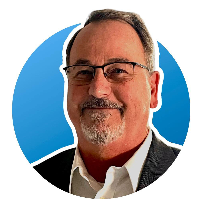 Greg Storz
Greg Storz Evan Eckersley
Evan Eckersley

Learn how a lightweight and versatile brace can help keep your patients active and out of a CAM boot. This Webinar will cover the benefits of and evidence behind utilizing an anterior tibial loading brace to actively rehabilitate acute tendon pathologies and sports injuries.
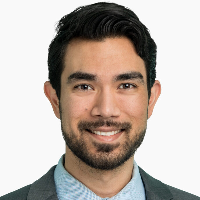 Dr Tyler Austin
Dr Tyler Austin

In this session, we will review the evidence that supports the ability of AFOs to enhance gait speed, improve mobility, and bolster dynamic balance. Many cases of drop-foot impairment are regressive, meaning that patients gradually recover over time. Recognizing that an individual's needs may evolve during the recovery process, it is imperative to continually assess and adapt their assistive devices. In particular, stroke research underscores the profound impact of Ankle-Foot Orthoses (AFOs) in this journey towards recovery.
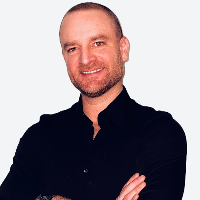 Kim De Roy
Kim De Roy

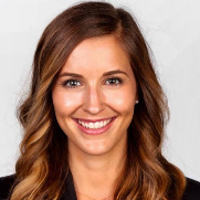 Dr. Alexandra D’Agostini
Dr. Alexandra D’Agostini

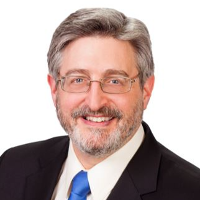 Dr. Mark Rieger
Dr. Mark Rieger

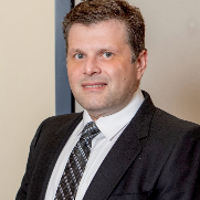 Dr. Mark Solomon
Dr. Mark Solomon

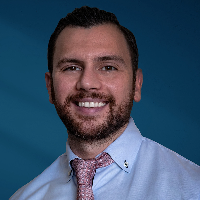 Gan Golshteyn
Gan Golshteyn

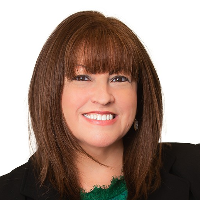 Jaime Morley
Jaime Morley

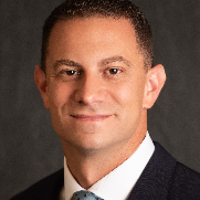 Vincent Omelio
Vincent Omelio Jonathan Tave
Jonathan Tave

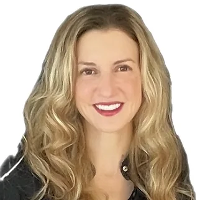 Dr. Mitzi Williams
Dr. Mitzi Williams

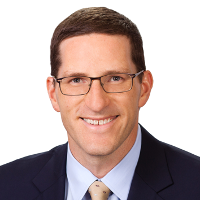 Dr. Tamir Bloom
Dr. Tamir Bloom

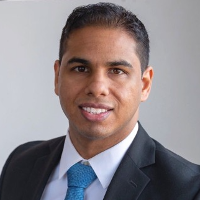 Dr. Aamir Ahmed
Dr. Aamir Ahmed

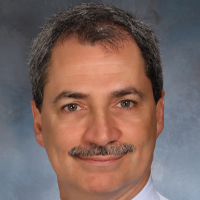 Dr. Michael Zito
Dr. Michael Zito

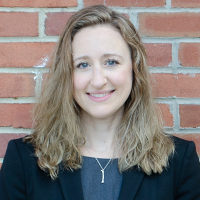 Dr. Sarah Stelma
Dr. Sarah Stelma

 Tom Serena
Tom Serena

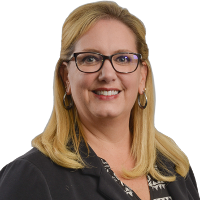 Windy Cole
Windy Cole 

 Naz Wahab
Naz Wahab

 Greg Schultz
Greg Schultz

 Tom Serena
Tom Serena Windy Cole
Windy Cole  Naz Wahab
Naz Wahab Greg Schultz
Greg Schultz

Learning Objectives
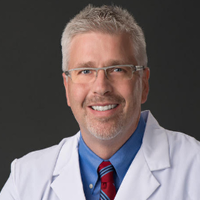 Patrick DeHeer
Patrick DeHeer

Heel pain is the most common problem seen by podiatrists on a daily basis. Having a standard clinical pathway for evaluating the different causes, nuances and diagnoses that contribute to heel pain is critical. In this session, Dr. Weil, Jr., will share his evidence-based protocols that have evolved over the last 25 years that have allowed him to effectively treat pain successfully in 99% of patients. He will share his experience of both success and failures that have led his treatment to where it is today.
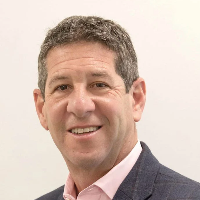 Lowell Weil, Jr.
Lowell Weil, Jr.

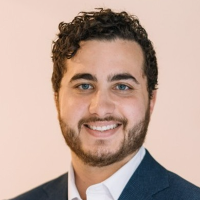 Chance Rodriguez
Chance Rodriguez

Learning Objectives
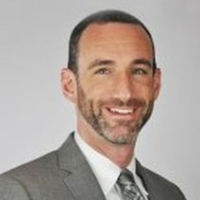 Jeffrey D. Lehrman
Jeffrey D. Lehrman

 Dr. David Mandel
Dr. David Mandel

Learning Objectives
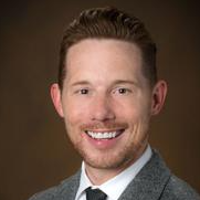 Brad Abicht
Brad Abicht

Learning Objectives
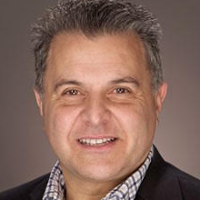 John Cozzarelli
John Cozzarelli

Learning Objectives
 Joseph Park
Joseph Park

In this session we will discuss how digital technologies have streamlined the process of orthotic manufacturing while simultaneously improving quality, service and reducing costs.
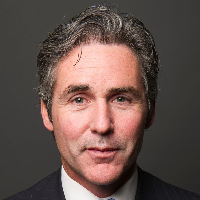 Paul Langer
Paul Langer

Learning Objectives
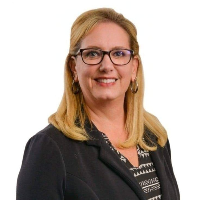 Windy Cole
Windy Cole

Learning Objectives
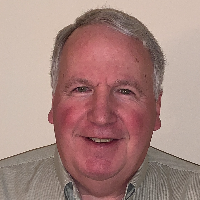 Warren Joseph
Warren Joseph

If you're looking to grow or differentiate the practice in 2024, this is a session you should pay attention to. Swift generates 3 x the profit vs reimbursed treatments, while delivering gold standard clinical outcomes which patients are desperate for. Dr. Rob Conenello will join the Swift founders to talk about his experience with the newest protocols for IPKs and the early results with onychomycosis.
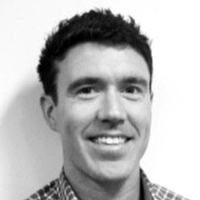 Pete Turnbull
Pete Turnbull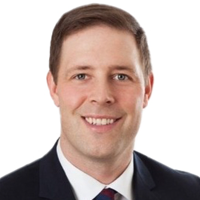 Chris McNamara
Chris McNamara Robert Conenello
Robert Conenello

Advances in Diabetes Management
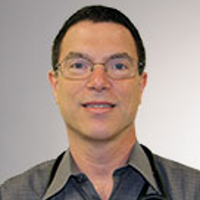 Jay Watsky
Jay Watsky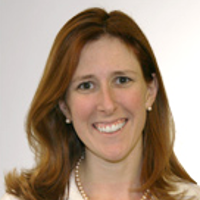 Sara Clark
Sara Clark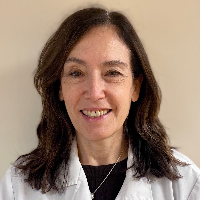 Jessie Block-Galarza
Jessie Block-Galarza Robert Busch
Robert Busch

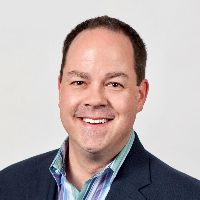 Tim Hendricks
Tim Hendricks

Learning Objectives
 Tracey Vlahovic
Tracey Vlahovic

Review of how artificial intelligence software, computers, and smartphone apps can aid podiatrists in the diagnosis and management of lower extremity skin and nail conditions.
Learning Objectives
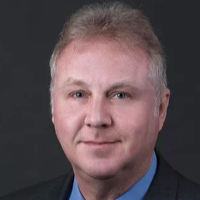 William Scherer
William Scherer

Learning Objectives
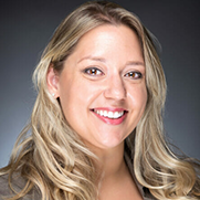 Adrienne M. Estes
Adrienne M. Estes

Learning Objectives
 James McGuire
James McGuire

To understand the biomechanical concepts of the Tissue Stress Approach to foot orthosis therapy and how this approach is quite different to the more traditional podiatric biomechanics approaches to custom foot orthosis therapy.
To better appreciate the stress-strain characteristics of human structural tissues (i.e. bone, tendon, muscle, cartilage, fascia, ligament and skin) and appreciate how limiting stress to these structural tissues to their elastic range, and not into their plastic range, helps prevent tissue injury.
To demonstrate clinical examples of how the Tissue Stress Approach can be used to better treat some of the more common foot and lower extremity pathologies with specific modifications to custom foot orthoses.
 Kevin Kirby
Kevin Kirby

 Jason Kraus
Jason Kraus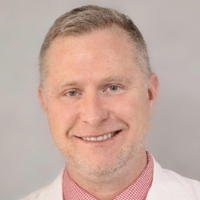 Jonathan Moore
Jonathan Moore

 Mark Hardy
Mark Hardy

Learning Objectives
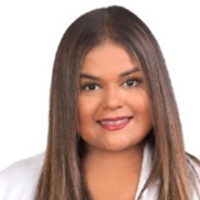 Krupa Patel
Krupa Patel

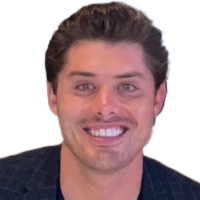 Andrew Weil
Andrew Weil

Learning Objectives
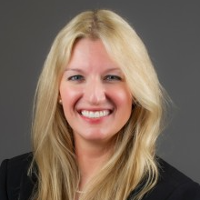 Lauren Schnack
Lauren Schnack

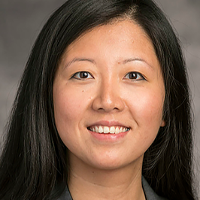 Jun Li
Jun Li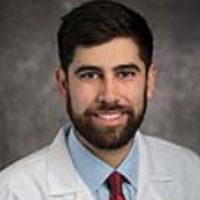 Benjamin Colvard
Benjamin Colvard Tarek Hammad
Tarek Hammad

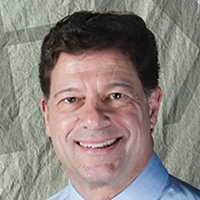 Christopher Case
Christopher Case

Learning Objectives
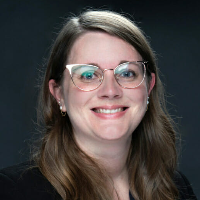 Kelly Parks
Kelly Parks

Plantar pressure analysis provides an effective solution to the challenge of objectively quantifying foot function when developing a diagnostic hypothesis and reviewing our treatment strategies.
Key Takeaways:
1. Look at recent challenges to the traditional understanding of foot function.
2. Explore research indicating that foot function is much more than simple mechanics.
3. Understand foot function in greater detail using patient case studies.
 Paul Graham, B App Sc (Pod), FAAPSM
Paul Graham, B App Sc (Pod), FAAPSM

Learning Objectives
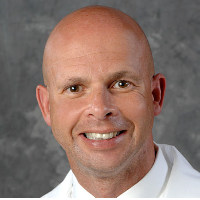 Mark Mendeszoon
Mark Mendeszoon

Learning Objectives
Identify and quantify updated research results on PTTD and bracing What devices should be used for which stage of PTTD will be covered The progression of necessary bracing will be reviewed by stage of PTTD A review of current bracing techniques will be compared and contrasted Case studies will be used to show bracing designs and results
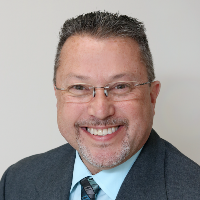 Roger Marzano
Roger Marzano

Acor Orthopaedic is proud to announce its new and improved line of AXIS AFOs. This comprehensive offering of custom-made ankle foot orthoses has recently grown from seven to over seventeen devices. Director of Marketing Brian Dunphy will offer a brief overview of the expanded product line, along with some keys to the success of the AXIS AFO program, and insights into how adding these devices to your practice can benefit your patients and your business.
 Brian Dunphy
Brian Dunphy

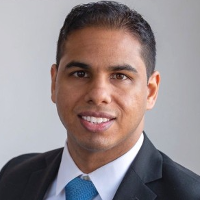 Aamir Ahmed
Aamir Ahmed

Learning Objectives
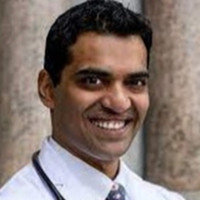 Anuj Shah
Anuj Shah